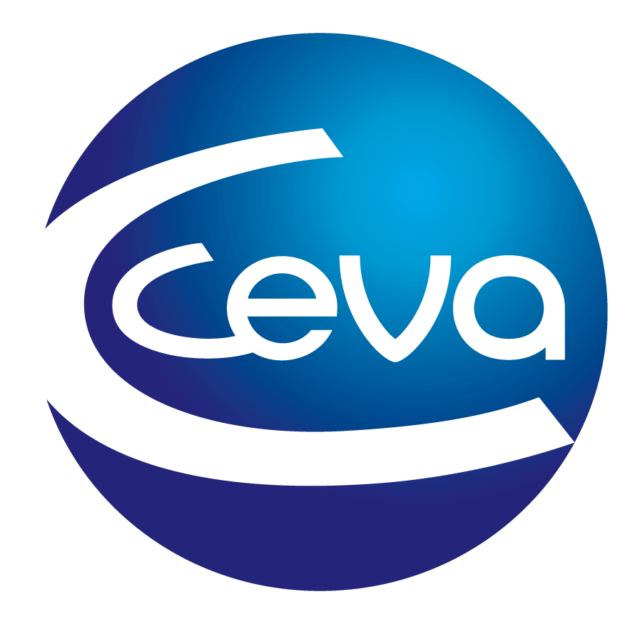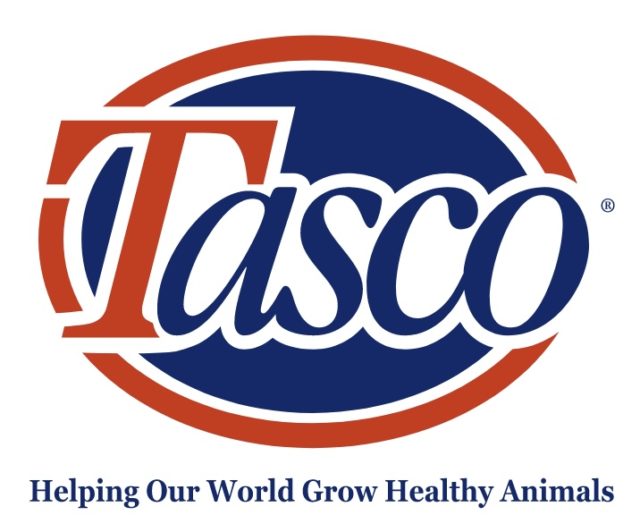It is rare to fall into a sedentary life on the farm, as there is always a new challenge or opportunity to embrace. Farmers must put on their thinking caps and come up with new ways to fix a problem. We all know if you need to know the number of uses for duct tape and baler twine, just ask a farmer.
Take a moment to look around your farm and consider all of the things that have changed in the past 100 years. In some cases, the old red barn has stood the test of time, but the inside may have been renovated to provide better ventilation and comfort.
The cows inside the milking barn are fed using some of the same plants, but they are likely processed and mixed differently. Those same animals are milked with improved equipment and treated with new medicines and vaccines for better health. Today’s cows are different genetically than the bovines of 1916.
All over the farm, dairy producers have adapted by implementing new and better methods as they fit with the goals and plans for the operation. Why is it that when it comes to welfare, adaptation can be a little slower to come by?
In an article (Dehorning hurts, but we can do something about it) by University of British Columbia researchers, they share the results of several surveys. The first had 90 percent of the participants – dairy producers and farm workers; veterinarians; students, teachers or researchers; animal advocates; and people with no involvement in the dairy industry – agree that pain relief should be provided for disbudding and dehorning dairy calves.
While it is an agreed-upon practice, other surveys revealed “less than 20 percent of U.S. and Canadian dairies routinely provide local anesthetic, and just 2 percent use analgesics when dehorning their calves,” the researchers said.
Granted, the surveys that addressed the adoption rate of the practice were conducted around 10 years ago, so there’s a good chance the number of farms using pain management is higher now; however, I don’t believe we’re at the 90 percent mark yet.
Changing such a common practice like dehorning can be hard. The UBC researchers outline a number of barriers to using pain mediation.
Another barrier might simply be a farmer trying to reason why their methods were OK yesterday and not today. However, we only need to look back to the past to find how it has already changed over time.
When my husband and I purchased our farm from the descendants of the people who homesteaded the property in the early 1900s, we were provided with a short history of the farm and family.
It tells of how, during the Depression, their dad would supplement the farm’s income by dehorning cattle – even large, mature bulls.
He had a specially made large, heavy leather halter along with a block and tackle to secure the animals in a way that they could not hurt themselves. He would use a hacksaw across the base of the horn and stuff the wound with a combination of cobwebs and flour to stop the bleeding.
Several decades later, I don’t see many farms continuing to dehorn animals in this way. Farmers have adapted to new methods. Today, providing pain relief is the next step in improving an ongoing farm practice.
As Jennifer Walker pointed out in her presentation at last year’s Western Canadian Dairy Seminar (Addressing animal welfare doesn't have to be complicated), the important thing is not to get caught up in shortcomings of the past.
She quoted Maya Angelou when she said, “You must ‘Do the best you can until you know better. Then, when you know better, do better.’”
Farming requires regular adaptation in adjusting to weather, animals and crops as well as applying continued education to do better when better is known. PD

-
Karen Lee
- Editor
- Progressive Dairyman
- Email Karen Lee








